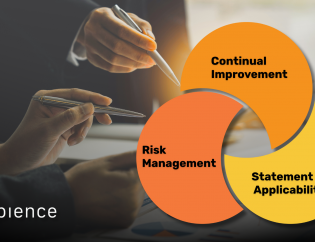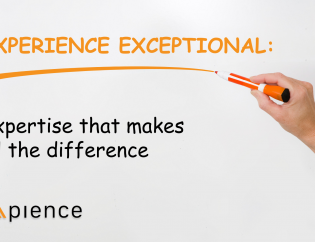Cybersecurity Resolutions for 2025: Strengthening Your Defenses in a New Year
Written by:
Consultant
Sapience Consulting

As the calendar turns to 2025, it’s the perfect time to reassess your organisation’s approach to cybersecurity. With emerging threats and evolving technology, staying ahead of cybercriminals and other bad actors requires vigilance and a proactive mindset. Here’s a guide to practical resolutions you can implement to fortify your defenses in the year ahead.
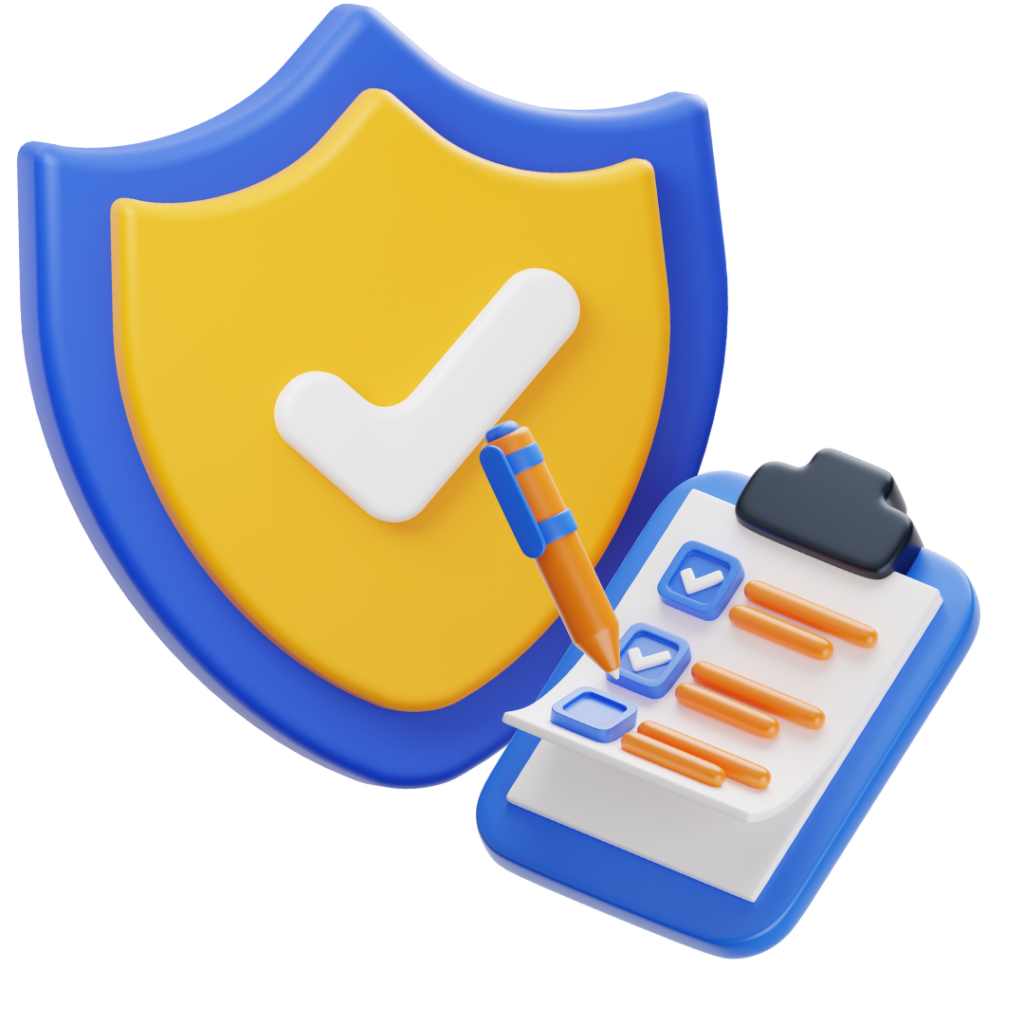
current standards and regulatory requirements.
1. Review and Refresh Your Cybersecurity Posture
The foundation of a strong cybersecurity strategy is a thorough understanding of your current defenses. Begin the year by conducting a comprehensive security review:
Evaluate Existing Policies: Assess your organisation’s cybersecurity policies to ensure they’re up-to-date and align with current standards. Look out for recent changes in laws and regulations which may require some policy alignment.
Go beyond Identifying Vulnerabilities: Apart from using tools like vulnerability scanners and performing penetration testing to uncover weaknesses in your systems, take a step further by using a threat model like the Mitre Att&ck Framework to map out what an attacker can do to your systems.
Revisit Access Controls: Verify that access privileges are appropriate for each user’s role and revoke unnecessary permissions. Apply automatic expiration of privileges where possible to avoid human error.
By identifying gaps and areas for improvement, you can prioritise initiatives that will have the most significant impact.
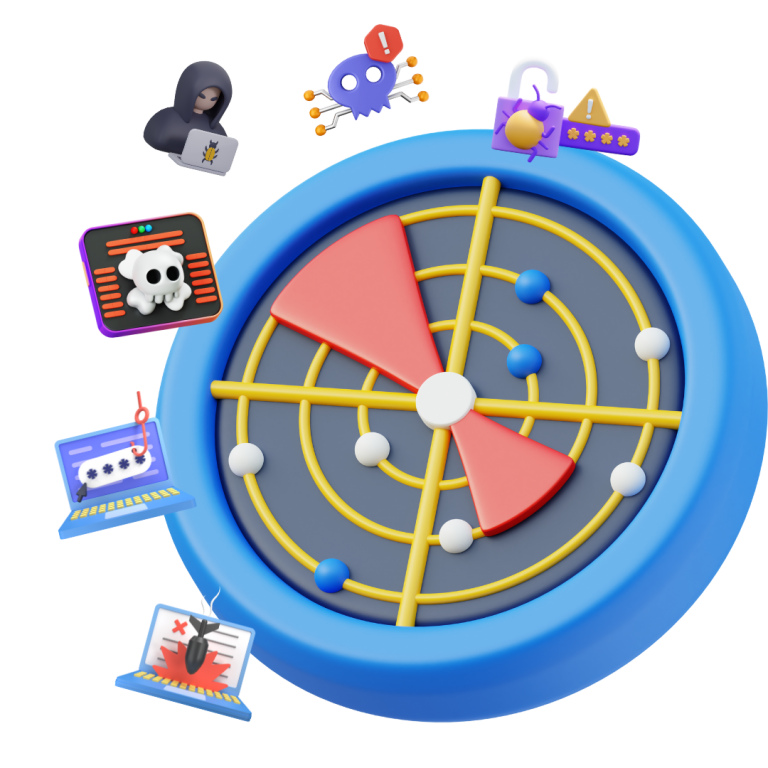
A Proactive Approach to Cybersecurity.
2. Stay Ahead of Emerging Threats
Cyber threats evolve rapidly, and keeping up with the latest trends is essential for effective defense. Some areas to focus on include:
Ransomware: Strengthen defenses against ransomware attacks by ensuring regular data backups and implementing robust recovery protocols. Proper data classification and encryption help mitigate against ransomware that threaten to exfiltrate your data.
IoT Vulnerabilities: As Internet of Things (IoT) devices proliferate, they create new entry points for attackers. Secure these devices with network segmentation and regular firmware updates.
AI-Powered Threats: Understand how adversaries use artificial intelligence to launch more sophisticated attacks and fight fire with fire by exploring AI-driven solutions to counteract them.
Tailor your strategy to address the threats most relevant to your industry.
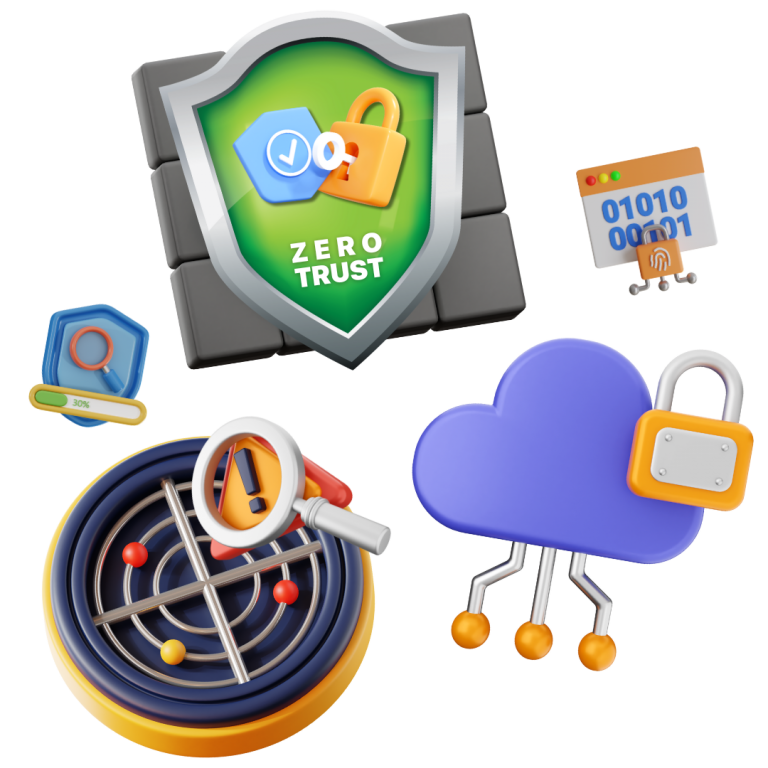
3. Leverage New Technologies
Advancements in cybersecurity tools and technologies offer opportunities to enhance your defenses. Consider investing in:
Zero Trust Architecture: Adopt a zero-trust approach for sensitive environments, ensuring that users and devices are always authenticated for every resource access requests.
Endpoint Detection and Response (EDR): Improve threat detection and incident response capabilities across all endpoint devices. Better still, Extended Detection and Response (XDR) solutions cover more than just endpoints for better visibility and control.
Cloud Security Tools: Protect your cloud infrastructure with solutions that provide visibility, encryption, and compliance monitoring. Do work with your cloud solution provider to understand cloud controls that you may not have fully utilised.
Regularly evaluate new tools and solutions that align with your organisation’s needs and budget.
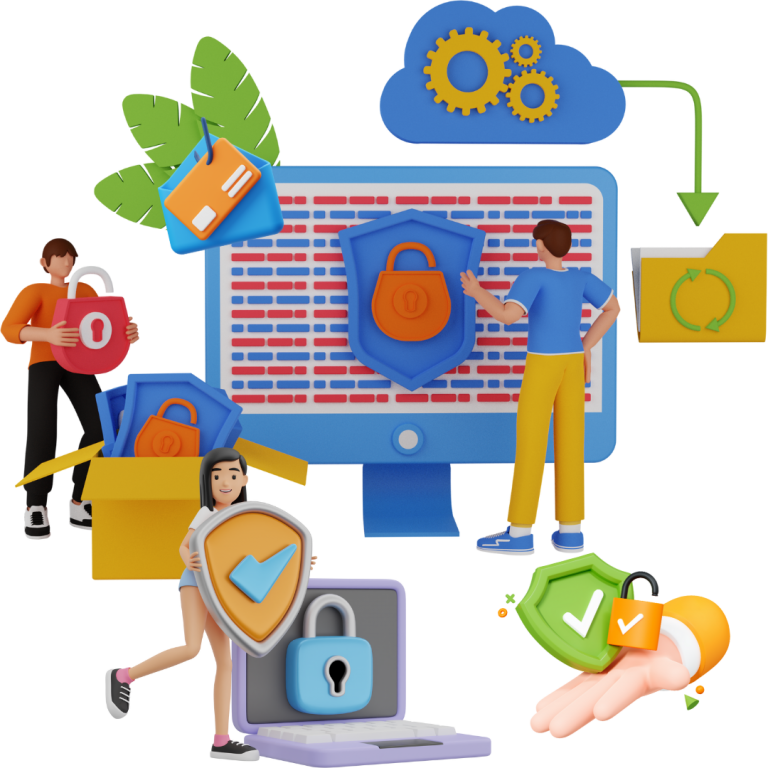
Empowering Everyone to Play Their Part
4. Prioritise Employee Training
Human error remains one of the biggest risks in cybersecurity. Equip your employees with the knowledge and skills to recognise and prevent threats:
Phishing Awareness: Conduct regular phishing simulations and teach employees how to spot malicious emails. Explore phishing resistant solutions such as passkeys and U2F tokens where possible.
Secure Practices: Emphasize the importance of strong passwords, secure file sharing, and safe internet use. Fundamental cybersecurity knowledge is key to eliminating the human as the weakest link.
Role-Specific Training: Provide targeted training for employees in high-risk roles, such as finance or IT. Everyone should be equipped with relevant cybersecurity knowledge and skills tailored for their role in their organisation.
Building a culture of cybersecurity awareness is key to reducing the risk of breaches.

5. Take Action with a Cybersecurity Checklist
Turn your resolutions into actionable steps.
By simply following the above as a checklist, you can ensure that your cybersecurity resolutions translate into meaningful progress.
Starting the year with a renewed focus on cybersecurity can help protect your organisation from the ever-changing threat landscape. By reviewing your current posture, addressing emerging risks, leveraging new technologies, and empowering your team, you’ll be well-equipped to face the challenges of 2025. Make cybersecurity a priority this year—because staying ahead is the best defense.
Check out our IBF and SSG funded courses! There is no better time to upskill than now!




